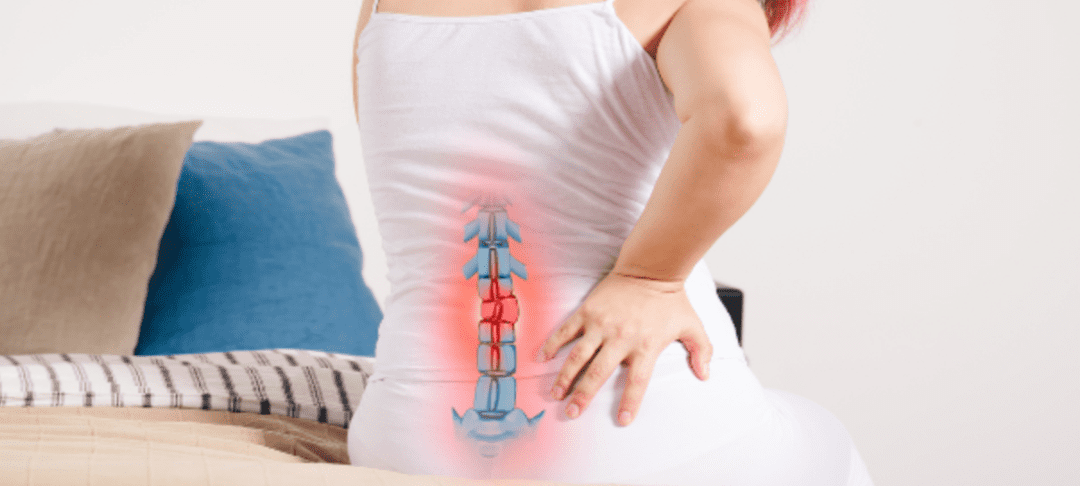Achy or sharp pain that radiates to the shoulder, arm, buttocks, or leg may be a sign that you have a herniated disc in your neck or back. Herniated discs occur in any part of the spine but are most common in the lower back. Depending on the location, the herniated disc may cause pain, numbness, or weakness in your arms or legs. Here we will talk about how to manage herniated disc pain.
What Is a Herniated Disc?
Your spine has 33 stacked vertebrae, which protect the spinal cord and nerves from injury. Between those bones are intervertebral discs. The discs serve as soft, rubbery cushions under constant pressure and act as the spine’s shock absorbers.
Intervertebral discs consist of two parts: a soft, jellylike center called a nucleus, and a more rigid, flexible outer ring called an annulus. When the disc tears, leaks, or ruptures, the nucleus pushes out and puts pressure on the nearby spinal nerves. This is known as a herniated disc.
Most often, gradual, age-related wear and tear causes herniated discs. With age, the discs become less flexible and prone to tearing or rupturing with even minor strain or twists.
Relieving Herniated Disc Pain
Herniated discs usually heal on their own over time, but they can still be painful. However, the following strategies often offer relief from herniated disc pain:
Reduce Inflammation and Tension
When you experience a herniated disc, the muscles around the disc may tighten to protect the area. Heat and cold therapy can reduce tightness and inflammation in the body around the disc, causing increased pain at the site.
Heat loosens muscle tightness, increases blood flow, and improves tissue elasticity. In contrast, cold produces an anti-inflammatory effect.
Try applying heat to your back in the morning, before exercise, or for 10–15 minute periods throughout the day to release muscle tension. After exercise or at the end of the day, apply cold to the back to relieve inflammation.
Exercise and Careful Movements
Lack of movement often aggravates herniated discs, as the muscles will lock up and weaken, providing less support to the spine. Low-impact exercise that your body tolerates may assist with pain relief. Exercises to consider include:
- Walking
- Using an elliptical trainer
- Cycling on a recumbent bicycle
Patients with more severe pain may find that water exercises offer the most relief by providing buoyancy along with movement.
Additionally, it’s important to use careful movements while your spine is recovering. For example, avoid standing for long periods, practice good posture, and try not to lift any heavy objects until your symptoms subside.
Myofascial Release or Massage
Myofascial release may improve back pain by manually putting pressure on trigger points. Both physical therapists and massage therapists often use this approach. You can perform myofascial release at home with a lacrosse or therapy ball or with a massage cane.
First, identify points of tension or tenderness on your back. Then, maintain constant pressure on your trigger point for one to two minutes, allowing the muscle to release. After any myofascial release, apply cold therapy to the area to reduce inflammation from the pressure.
If your herniated disc pain persists for more than four to six weeks, causes you to be unable to work, or causes numbness, weakness, or tingling in your arms and legs, you need to have your symptoms evaluated by a physician. If you want to learn more about options you have regarding how to manage herniated disc pain, contact us today and speak with a care coordinator.


 St. Petersburg, Florida
St. Petersburg, Florida
